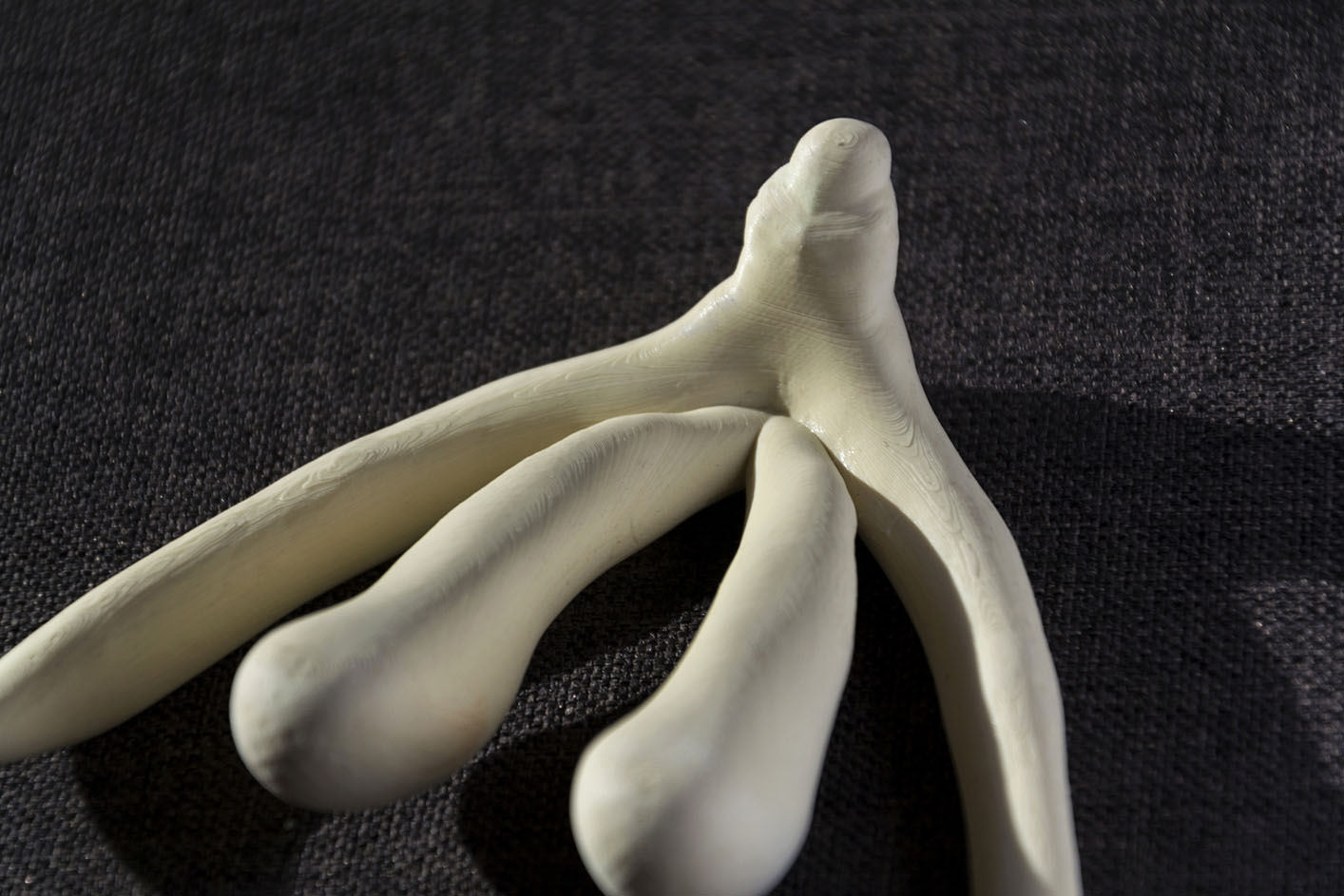
Many of us use visual aids in teaching. These can include:
- powerpoints (or similar)
- posters / art pieces
- real items (e.g. food packets, medical devices)
- images in slides
- videos.
Sometimes these take quite some time to gather and develop. So why do we bother?
Well, visual aids offer a powerful opportunity to build student engagement and improve class attendance. They can help promote deeper thinking and develop critical thinking skills. At a surface level, imagery can boost understanding of a topic, especially where a visual aid makes more sense than simply words (e.g. looking at a map vs describing a location).
Visual aids can also build student interest and excitement and can be fun for students to use (e.g. tools, coloured pencils to complete worksheets – yes even with grown-ups!). For students with special needs or those disengaged with the material, these aids can help bring a topic alive.
Technology allows us to expand our use of visual aids even further by incorporating videos or other computer-generated images. Think of a virtual dissection table or 3D printed organs in anatomy classes or a touch-screen based ‘choose your own adventure’ case study in engineering.
There are many other ways to incorporate visual aids beyond illustrative purposes. The article reviewed this month, Do pictures ‘tell’ a thousand words in lectures? How lecturers vocalise photographs in their presentations by Hallewell & Lackovic looks at the age-old use of photographs and how they can be used for deeper thinking, rather than just ‘decoration’.
Likewise there is a growing movement toward object-based learning (OBL) – the active integration of authentic objects into the learning environment. These might include artefacts, posters, artworks, manuscripts or specimens. OBL helps students acquire observational and practical skills as well as facilitating deeper learning. Often students are required to handle or work closely with the objects, interrogating them and using their imaginations to help apply their knowledge to other contexts or problems. The Flinders Art Museum works with staff to allow access to its wonderful collections for OBL pedagogies.
As always, it is important to consider your context and any possible disadvantages of visual aids.
- Is it relevant to the expected outcomes for the lesson / topic?
- Are there Occupational Health & Safety issues (e.g. chemicals, tools)?
- Will the aid be damaged (e.g. artworks)?
- Is any training required (e.g. virtual technology)?
- Will the students get bored (e.g. lengthy videos)?
- Potential technical difficulties (e.g. non-functioning technology)?
On the whole, the advantages of visual aids are many, whether using technologies or more ‘old school’ aids and how you integrate them into your teaching is limited only by your imagination. So, visit the Art Museum soon and get inspired!
Written by Cassandra Hood
Lecturer in Higher Education – CILT

